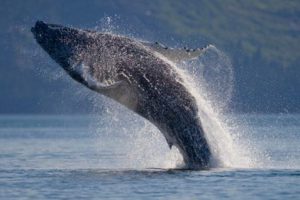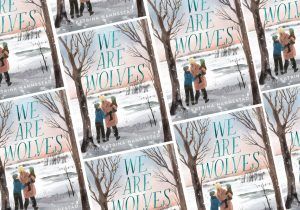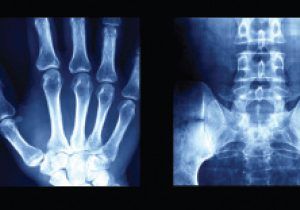
Christmas around the world primary resource
Discover how different countries across the globe celebrate Christmas
This primary resource introduces children to different Christmas traditions across the globe. Why are Christmas trees in the Ukraine decorated with sparkly spider webs? What does a Polish Christmas dinner consist of? Which country has a Christmas witch named La Befana?
Pupils will discover how Christmas is celebrated in different countries around the world in our National Geographic Kids’ Culture primary resource sheet. They will also learn how to say ‘Happy Christmas’ in different languages, as well pick up five tips on how to have a green, eco-friendly Christmas.
The teaching resource can be used in study group tasks for discussing different countries, cultures and Christmas traditions around the world; as a printed handout for each pupil to review and annotate, or for display on the interactive whiteboard using the images included in the resource for class discussion.
Activity: Ask the children to draw a ‘Christmas map of the world‘ on a large sheet of people – either as an individual or group activity. Ask them to label and illustrate each country mentioned on the primary resource sheet to show the different Christmas traditions around the globe. As a language activity, ask the pupils to have a go at learning how to say “Happy Christmas” in Spanish, Mandarin, Swedish, German, Dutch and Filipino.
N.B. The following information for mapping the resource documents to the school curriculum is specifically tailored to the English National Curriculum and Scottish Curriculum for Excellence. We are currently working to bring specifically tailored curriculum resource links for our other territories; including South Africa, Australia and New Zealand. If you have any queries about our upcoming curriculum resource links, please email: schools@ngkids.co.uk
This cultural primary resource assists with teaching the following Geography objectives from the National Curriculum:
Pupils should be taught to:
- develop contextual knowledge of the location of globally significant places – both terrestrial and marine – including their defining physical and human characteristics and how these provide a geographical context for understanding the actions of processes.
- understand the processes that give rise to key physical and human geographical features of the world, how these are interdependent and how they bring about spatial variation and change over time
National Curriculum Key Stage 1 Geography objective:
Pupils should be taught to:
- name and locate the world’s seven continents and five oceans
- name, locate and identify characteristics of the four countries and capital cities of the United Kingdom and its surrounding seas
- use world maps, atlases and globes to identify the United Kingdom and its countries, as well as the countries, continents and oceans studied at this key stage
- use aerial photographs and plan perspectives to recognise landmarks and basic human and physical features; devise a simple map; and use and construct basic symbols in a key
National Curriculum Key Stage 2 Geography objective:
Pupils should be taught to:
- locate the world’s countries, using maps to focus on Europe (including the location of Russia) and North and South America, concentrating on their environmental regions, key physical and human characteristics, countries, and major cities
- use maps, atlases, globes and digital/computer mapping to locate countries and describe features studied.
This cultural primary resource assists with teaching the following Key Stage 2 Science (Year 4) objectives from the National Curriculum:
- recognise that environments can change and that this can sometimes pose dangers to living things.
This cultural primary resource assists with teaching the following Key stage 2 foreign languages objectives from the National Curriculum:
Pupils should be taught to:
- speak in sentences, using familiar vocabulary, phrases and basic language structures
- develop accurate pronunciation and intonation so that others understand when they are reading aloud or using familiar words and phrases.
This cultural primary resource assists with teaching the following Early and First level Religious education in Roman Catholic Schools objectives from the Scottish Curriculum for Excellence:
- I can recognise Easter and Christmas as special times for the Christian Community.
This cultural primary resource assists with teaching the following Early and First level modern language objectives from the Scottish Curriculum for Excellence:
- I can apply my knowledge about language, intonation and pronunciation to ensure that others can understand me when I pronounce familiar words or phrases.
Download primary resource
More Like

Cats memory game!

Humpback Whale Facts!

WE ARE WOLVES












LEAVE A COMMENT
THANK YOU
Your comment will be checked and approved shortly.
WELL DONE,
YOUR COMMENT
HAS BEEN ADDED!
COMMENTS
CUSTOMIZE YOUR AVATAR